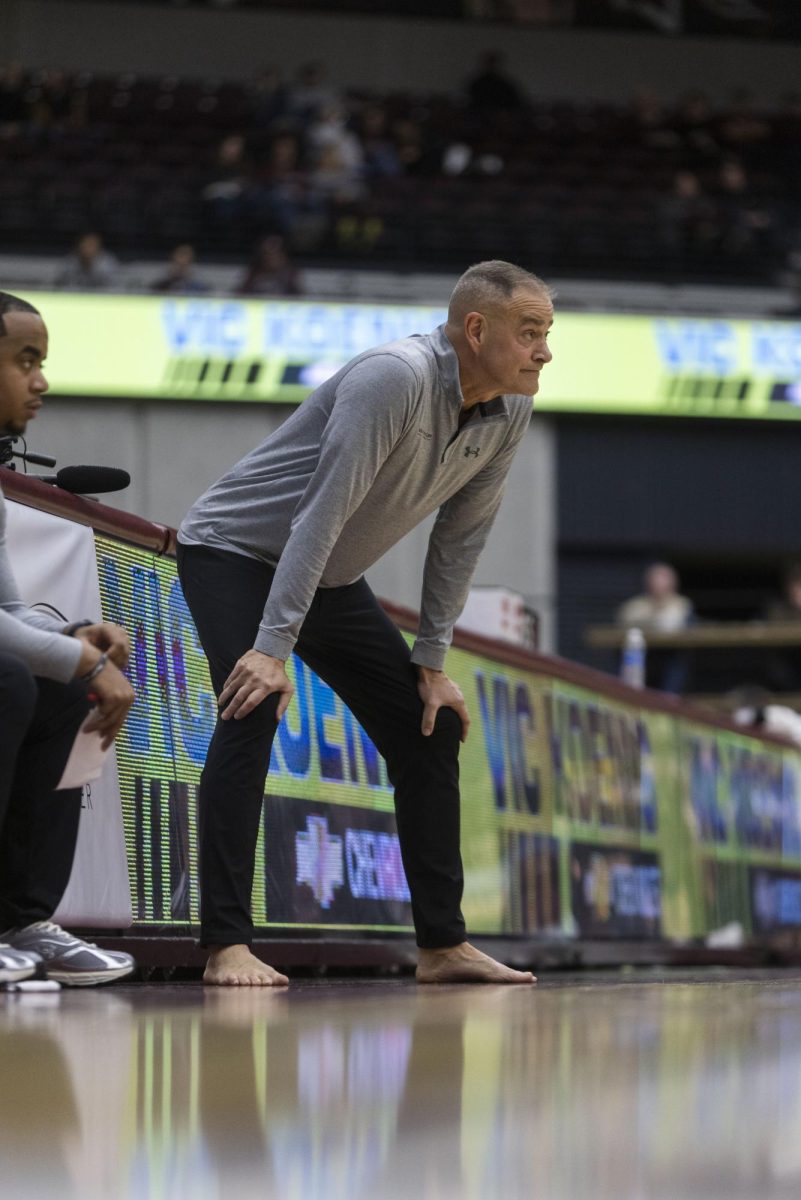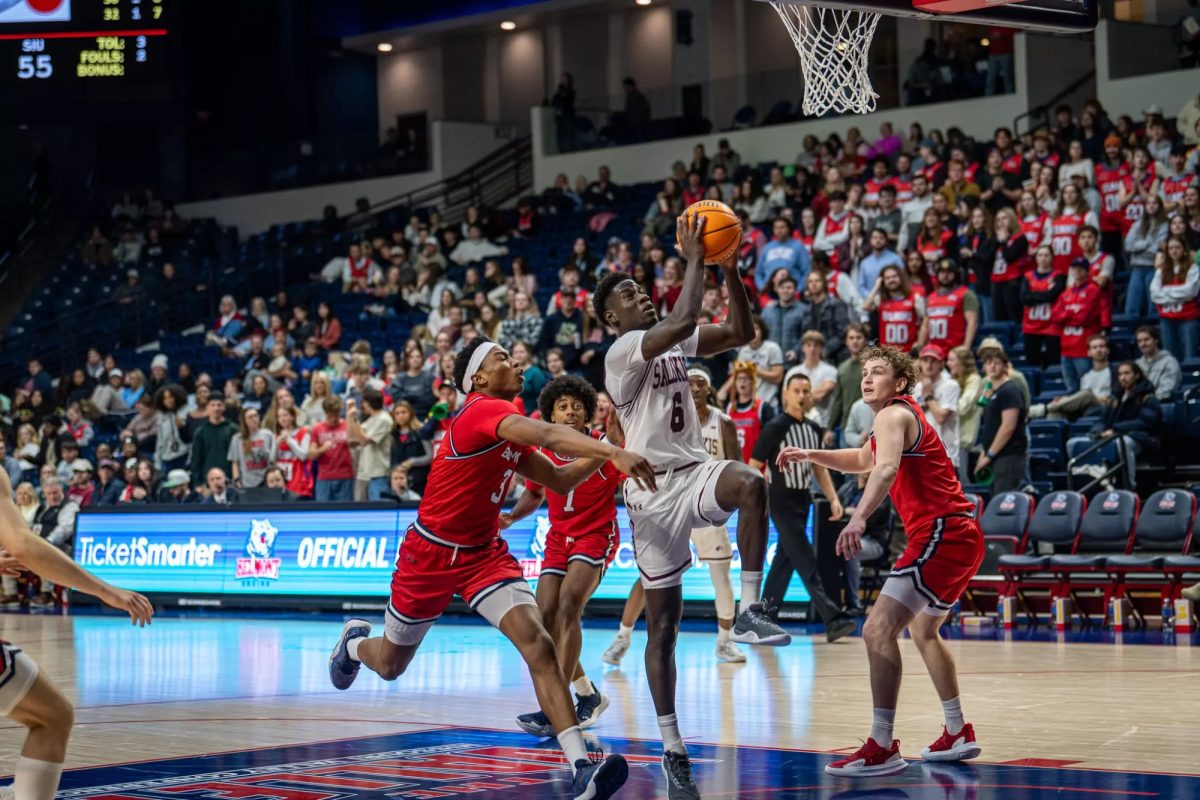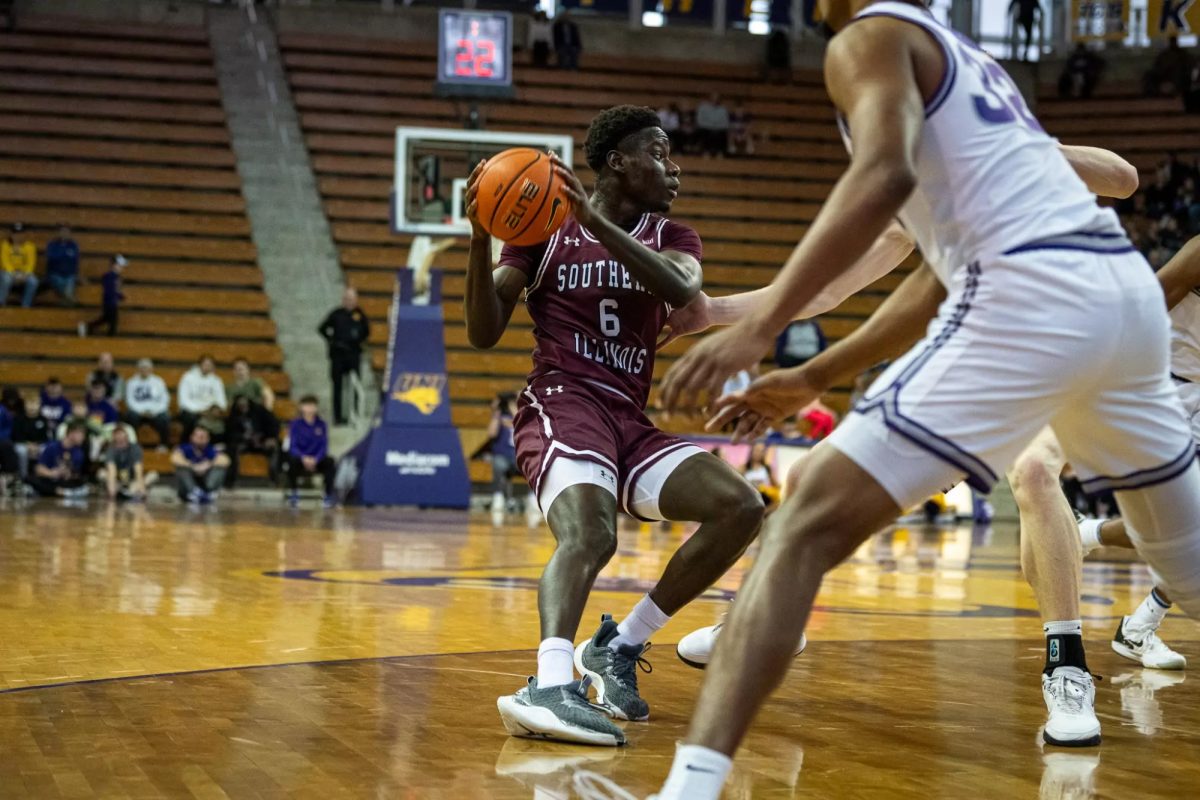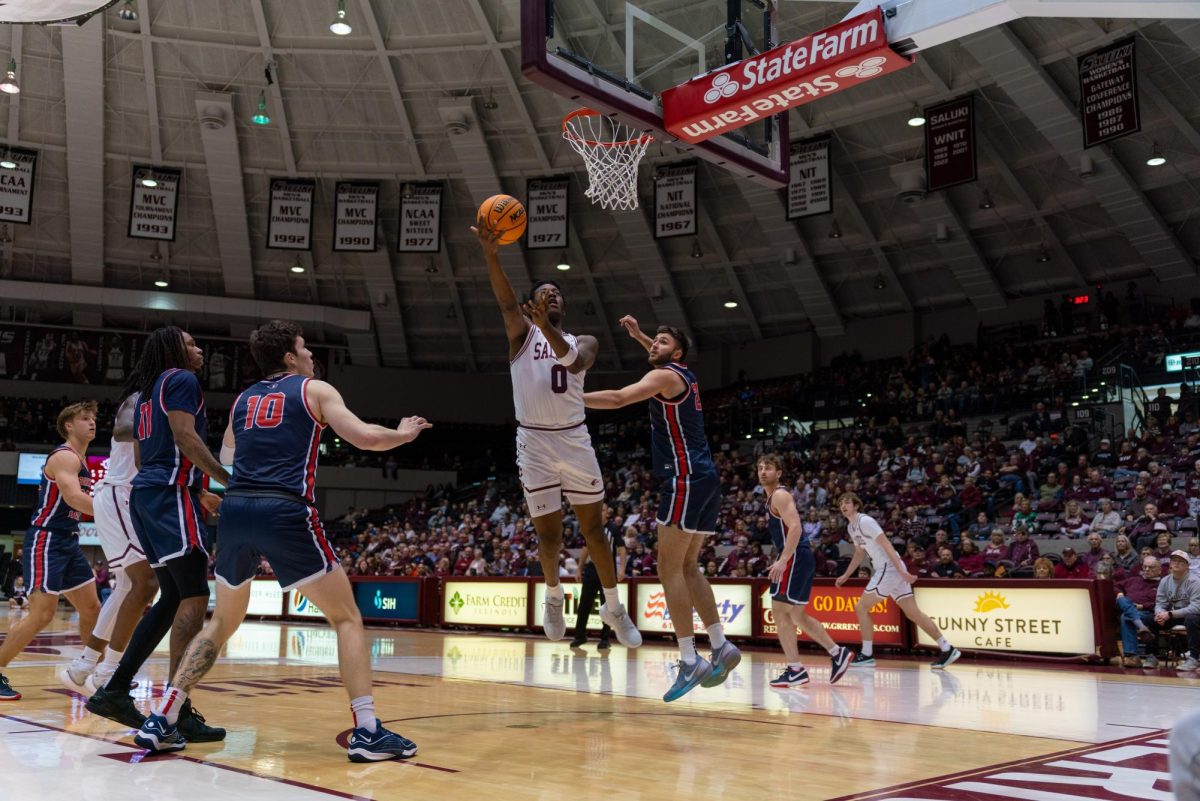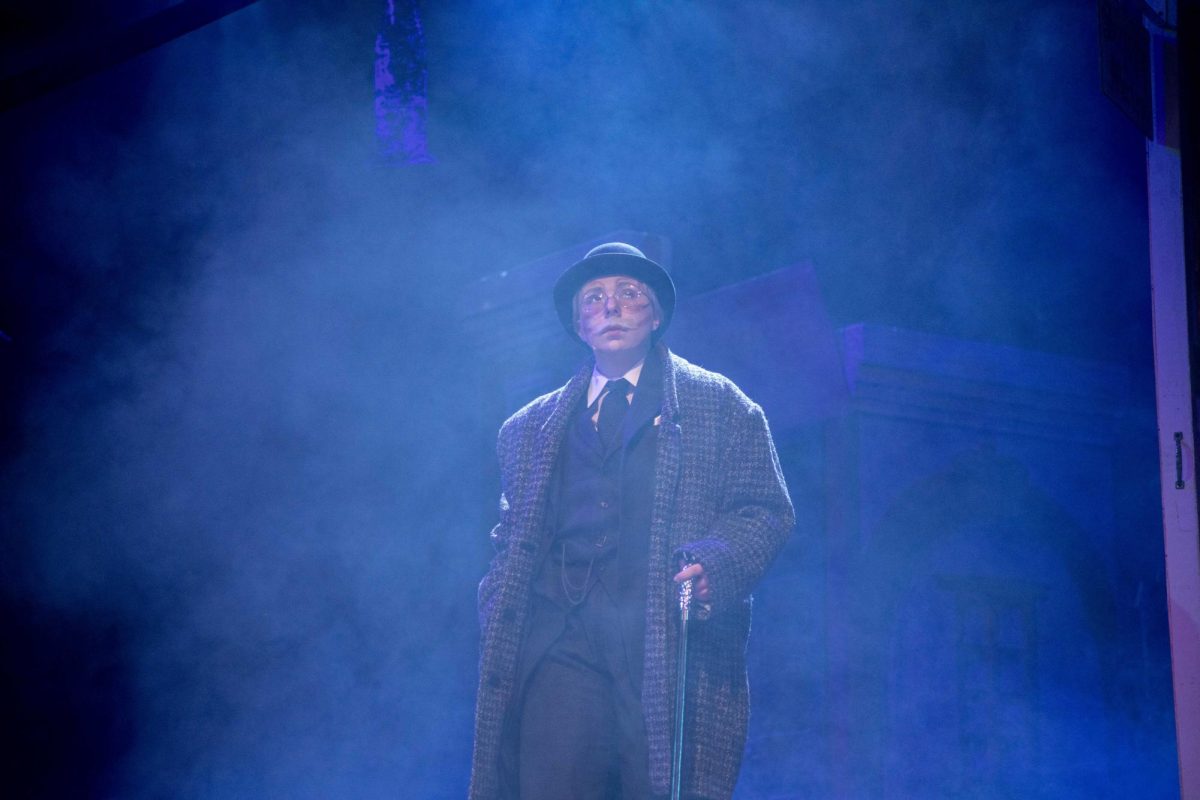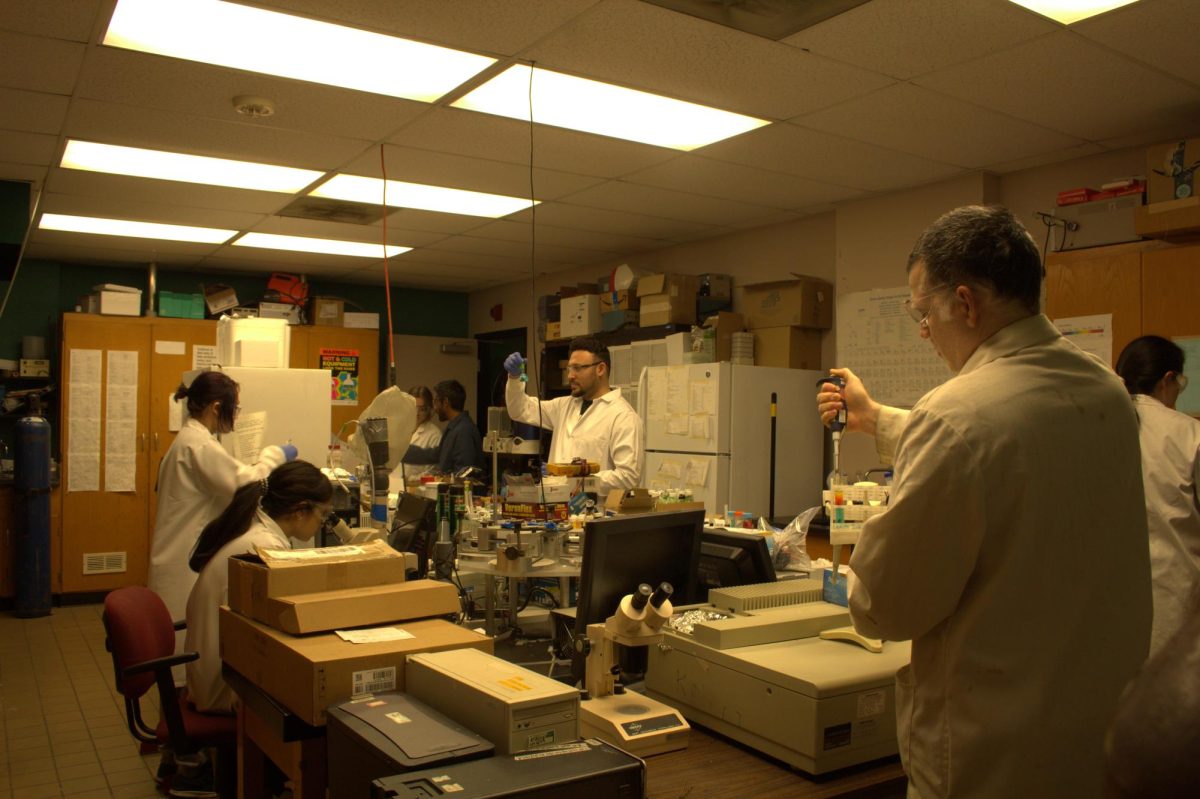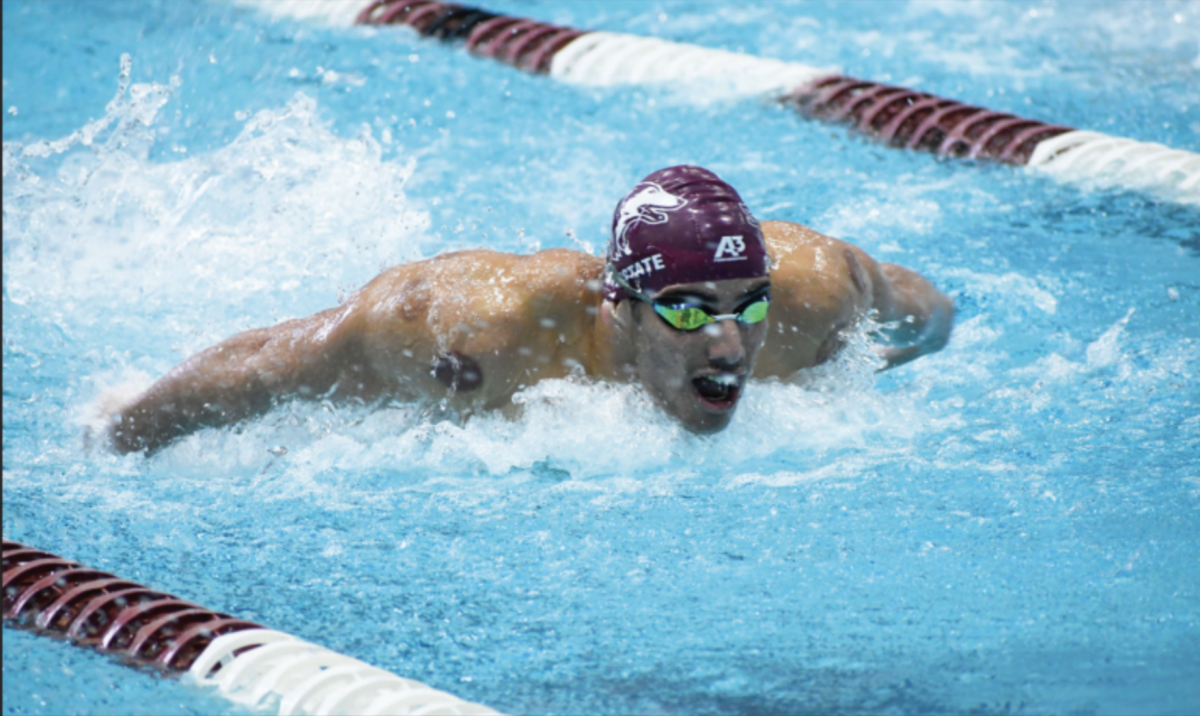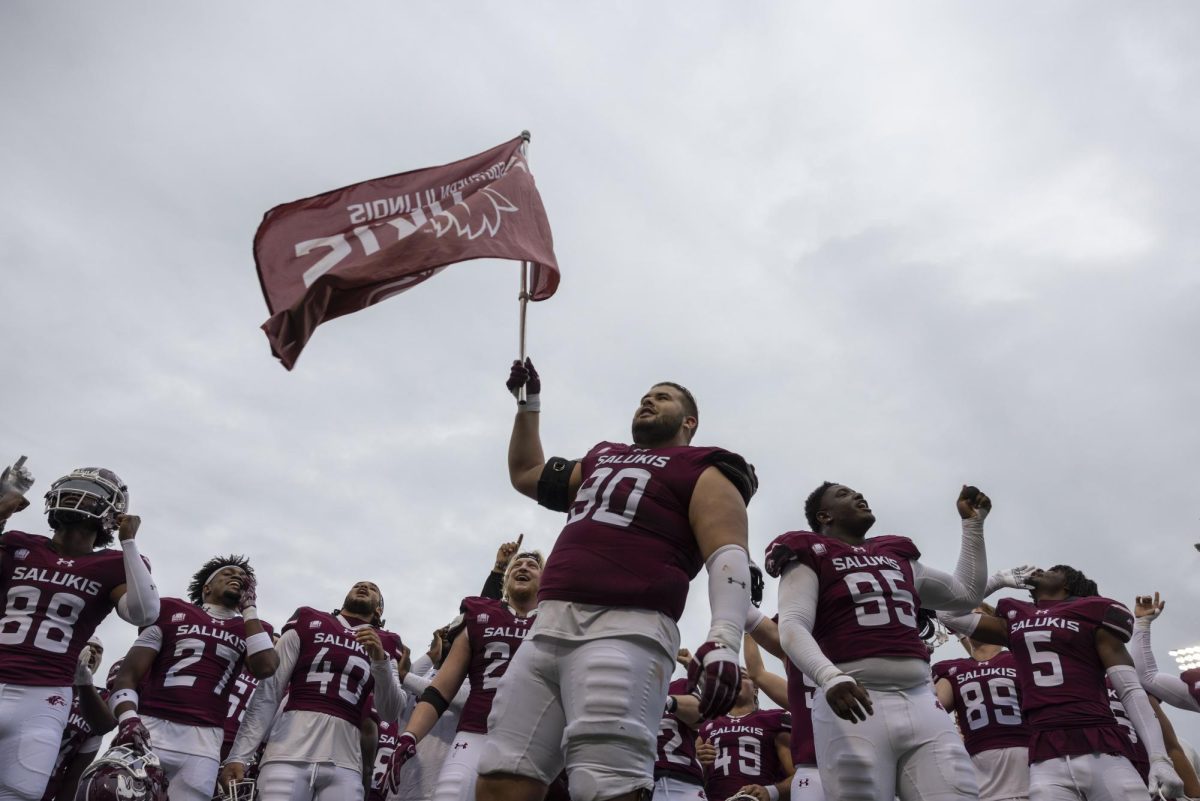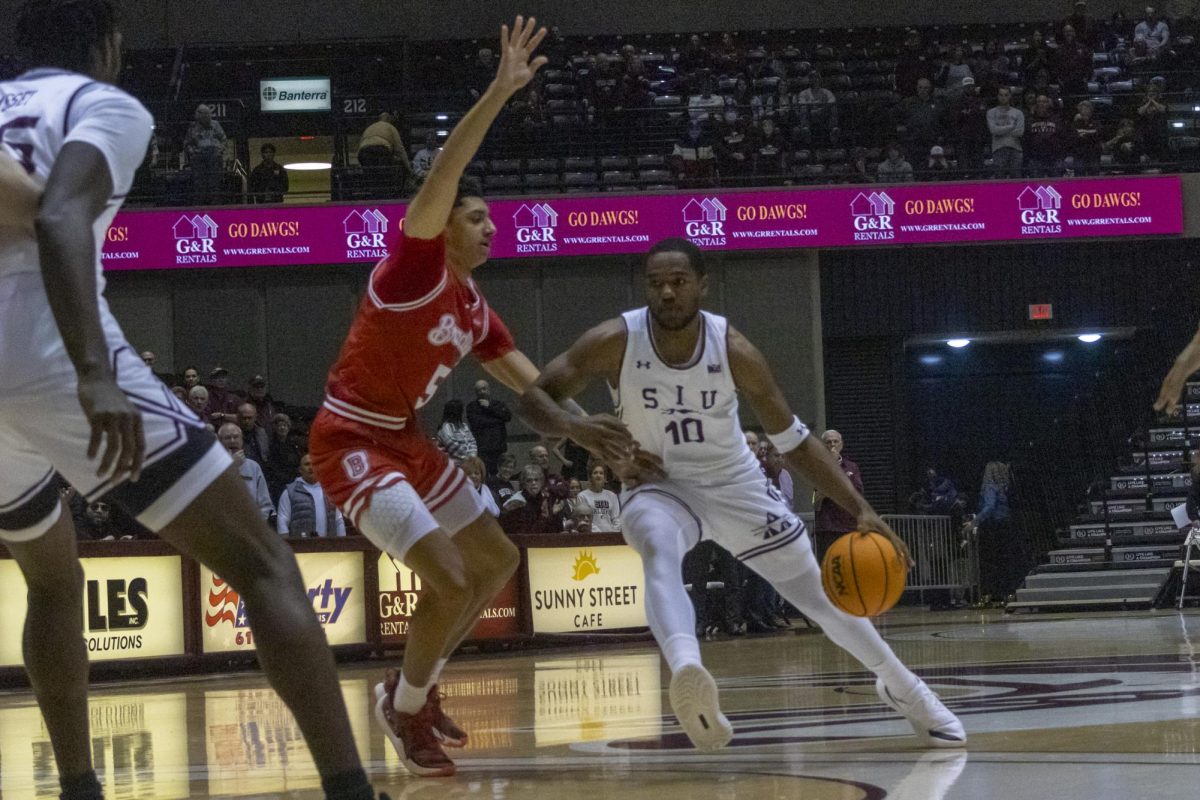Coaches come and go. Programs rise and fall. So is the nature of sports, with college basketball being no exception.
In the wake of firing former head coach Bryan Mullins, Southern Illinois University finds itself in a place that has been largely unfamiliar for the last five years; rebuilding territory.
Advertisement
While other players have entered the transfer portal, not all are guaranteed to leave. Troy D’Amico is the only one to have committed to another school, choosing to follow Mullins to DePaul.
It seems that the next will have quite the challenge as he takes the helm at SIU, starting with filling out his roster. And while the situation he is facing seems unfamiliar to most fans, it is not unprecedented across the country.
In the day and age of Name, Image and Likeness [NIL] deals, player movement is much more common than before. Players may look to go to a school where they can profit on their image.
Advertisement*
Looser enforcement of transfer rules has also allowed players to transfer multiple times while simultaneously facing fewer penalties, including sitting out for a season.
While it may seem like doom and gloom is on the horizon for the Salukis, that may not be the case. There are many programs around the country that were able to have largely successful seasons in their first year with a new coach and largely a new roster.
Diehard college basketball and SIU fans may recognize the name of George Mason University as where Xavier Johnson played before transferring to SIU. GMU is worth looking at as a case study for what SIU’s next season could look like.
GMU’s coach, Kim English, left to coach the Providence Friars after a relatively successful 2022-23 season during which the Patriots went 20-13. This included an 11-7 conference record and a fifth place out of 12 teams finish in the Atlantic 10, which according to net ranking is a more difficult conference then the MVC.
GMU tasked Tony Skinn, an alumni and longtime assistant with successful programs like Seton Hall, Ohio State and Maryland, to rebuild the team. Skinn had to replace two thirds of GMU’s roster, but the on-the-court product remained nearly the same, at least by the numbers.
GMU went 20-12, 9-9 in conference play, and finished seventh in the conference during the 2023-24 season, Skinn’s first as a head coach. While fans and administrators certainly hope there is improvement in the future, they don’t have much to complain about if a first-time head coach replacing 10 of his 15 players is able to nearly match the production of his predecessor.
Charlotte is another good example to look at to see relative consistency, record-wise, despite significant turnover. The 49ers played the 2022-23 season in Conference USA and went 22-14, including 9-11 in conference play, good enough to finish 5th of 11, before moving to the American Athletic Conference.
2023-24 saw the promotion of Aaron Fearne, who was an assistant for five seasons at Charlotte after a long stint as a National Basketball League [not to be confused with the National Basketball Association, or NBA] coach. Fearne guided Charlotte to a 19-12 record, including 13-5 in the AAC, to finish third.
While many players likely stayed because of their preexisting relationships with Fearne, he and his staff still had to bring in six new players to fill out the program, which is no small task.
Conference USA member Western Kentucky may present a bit more optimistic picture. After going 17-16 in 22-23, including 8-12 in conference play and finishing seventh of 11 teams in CUSA, Steve Lutz was able to shape more of a winner in Bowling Green.
Lutz, who previously guided Texas A&M Corpus Christi to two NCAA tournament berths, brought in 12 new players and improved the team’s record to 22-12. This included going 8-8 in conference play, good enough to move up to a third place finish in the conference.
An experienced coach is something that SIU athletic director Tim Leonard wanted in his next coach. There is reason to believe SIU may be in for a shorter down period than expected.
Of course, the pendulum can swing the other way. Moving on from a proven head coach doesn’t always mean improvement, even if an established coach is hired to “stabilize” the program.
A recent example of this is Southern Utah. After their previous coach, Todd Simon, departed for Bowling Green, Rob Jeter was called upon to take his place. Jeter was the head coach at Western Illinois before moving to MIlwaukee for 13 years and winning three league championships during his time.
However, Jeter’s first year in Cedar City during the 2023-24 season didn’t quite go as planned. After going 24-13, and 12-6 in conference, Jeter’s team went 10-21 and finished 5-15, and only one spot out of the cellar. Jeter was working with an entirely newly constructed roster, as 15 of the 18 players listed were new to the program that season.
Familiar former Missouri Valley foe Wichita State also went the proven coach route, hiring Paul Mills away from Oral Roberts. Mills had just completed a perfect regular season and earned his second NCAA berth with the Golden Eagles.
Mills’ first season coaching Wichita State was far from perfect. After finishing sixth in 2022-23 behind a 17-15, 9-9 record, the Shockers went 15-19, 5-13 in conference, and slipped to eleventh in the AAC. Seven new players were a part of the team.
A season similar to Wichita State’s 2023-24 season would be a great starting point for a new SIU coach; while the conference record could be better, an almost-winning record while starting from scratch roster wise would be far better than many alternatives.
A team can also be completely static, with virtually no improvement or drop off with a coaching change. The Wofford Bulldogs, home to former Saluki Kyler Filliwich, hired Dwight Perry to replace Jay McAuley, who resigned after an in-season leave of absence.
Perry had been an assistant under McAuley for three seasons and was the interim head coach to finish the 2022-23 season, so there wasn’t much roster turnover. Perry took the team from 17-16, 8-10 in conference, to 17-15, 10-8 in conference. The team finished fifth in the Southern Conference during both seasons.
Two other teams with first-year head coaches who grabbed headlines during the NCAA tournament include McNeese State and Utah State.
Will Wade, who was embroiled in controversy for much of his time at LSU, is at the head of McNeese. While he did take 12 new players from 11-24 to 30-4 and an NCAA tournament berth, the Cowboys also played teams like the College of Biblical Studies and Mississippi University for Women. While their entire season shouldn’t be discounted, McNeese also plays in one of the worst conferences in the country by NET rating, the Southland.
Utah State also made the NCAA tournament behind the leadership of Danny Sprinkle, who was already hired by Washington to be their next head coach. Sprinkle took a good Mountain West program and improved it, moving from 26-9, 13-5, second in the conference, to 28-7, 14-4, first in the conference. Utah State’s consistency should also be applauded, as they rostered 13 new players during the 2023-24 season.
While it’s unlikely that a new coach will bring an entirely new SIU team back to the promised land after just one season, there is at least a national precedent for it.
Scott Nagy, who was hired March 28 to be the fifteenth head coach in Saluki basketball history, has a strong history of leading programs in his first season. In his inaugural season at Wright State, Nagy went 20-12, and 11-7 in conference play. Nagy’s home performance was also outstanding; the Raiders went 12-4 in front of their home crowd. Nagy also had nine new players during this season.
It’s an exciting time for SIU basketball; while uncertainty may run rampant, very few are going to say that they aren’t eager to see who is hired and how the next season in the Banterra Center will play out.
Sports reporter Ryan Grieser can be reached at [email protected]. To stay up to date on all your southern Illinois news, be sure to follow The Daily Egyptian on Facebook and on X @dailyegypti
Advertisement






